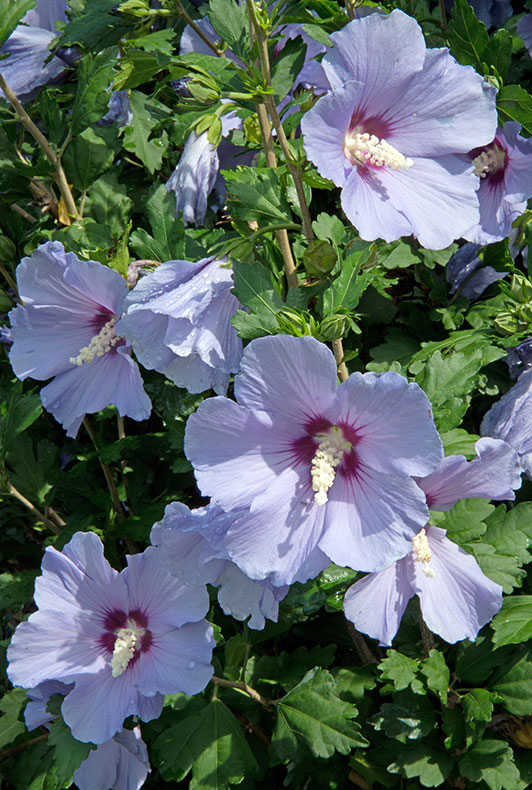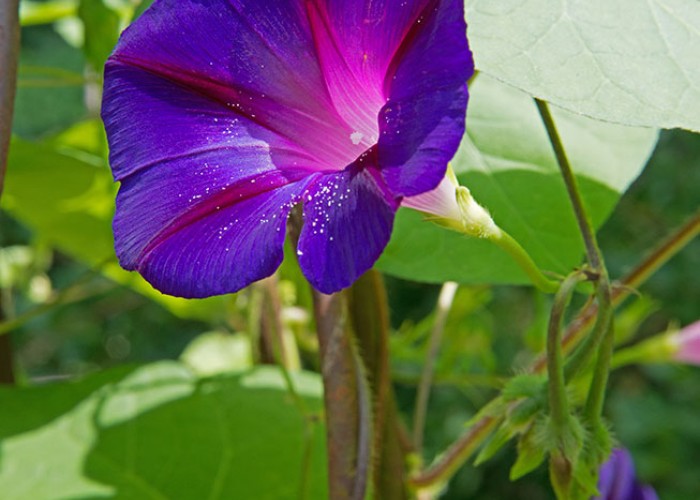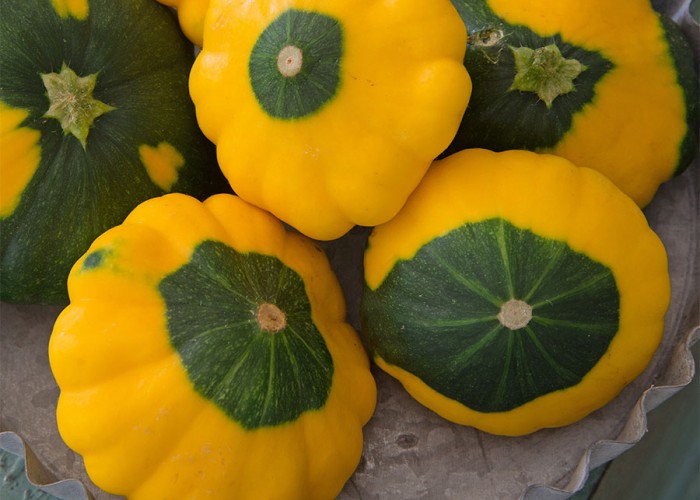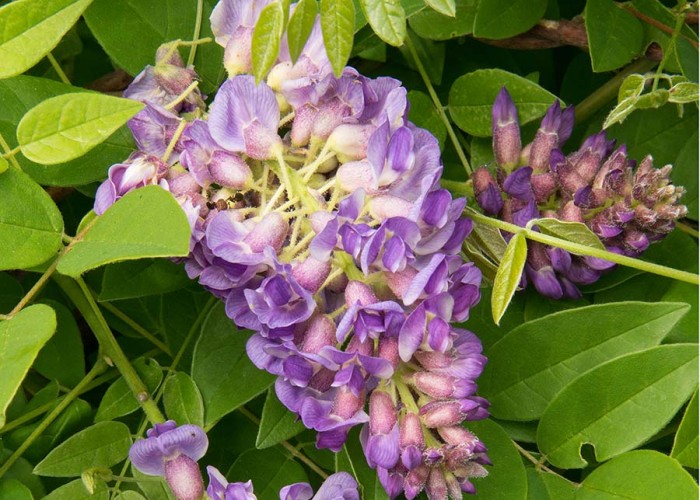Spider Daylilies are Both Tough and Pretty
Plus Garden To-Do’s for March
By L.A. Jackson | Photos by L.A. Jackson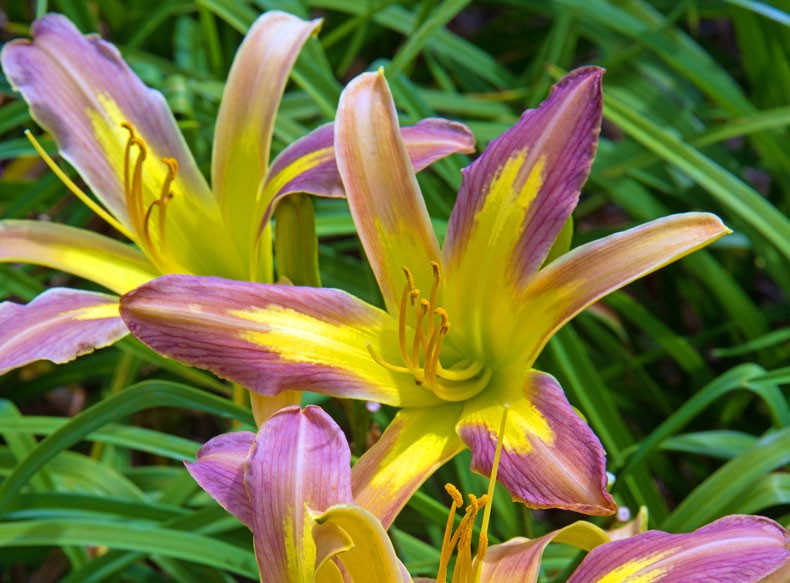
Lavender Arrowhead
I like spiders, but I really don’t have a thing for every Orb Weaver, Wolf, Green Lynx, Jumping or Trapdoor spider that crawls into my yard. I’m fine with the fact that they, as well as their other eight-legged kin, patrol the garden for insects—many of which are plant-chewing pests—just as long as none of these arachnids dare to think I’m the biggest bug of them all. Instead, the alt-spiders I am more partial to have weird names and no legs.
Getting curious?
“Tennessee Flycatcher,” “Jan’s Twister,” “Boney Maroney,” “Radiation Biohazard,” “Lavender Arrowhead,” “Skinwalker,” “Laughing Skies,” “Octopus Hugs” — these are just some of the many odd appellations caught in the web of showoff plants known as spider daylilies. What makes them different from other daylilies? Their flower petals.
According to the American Hemerocallis Society, a spider cultivar is defined as any daylily with blooms that have petals four times or more the length of their width. In other words, besides being pretty, they are long and skinny.
A spider cultivar is defined as any daylily with blooms that have petals four times or more the length of their width. In other words, besides being pretty, they are long and skinny.
For me, thin is in because I do enjoy the way the finger-like petals curl inwards and, with the slightest breeze, flex, seemingly for the purpose of drawing curious passersby closer to enjoy their unusual beauty. Fortunately for gardeners bitten by the looks of spider daylilies, “unusual” isn’t the same as “rare,” because hundreds of cultivars are available.
Like typical daylilies, spiders are tough perennials. They will survive in many conditions, but in order for them to thrive, find a planting site with well-worked, rich garden soil that receives at least six hours of energizing sunlight a day.
While they are becoming established, spider daylilies should be watered regularly with long, thorough soakings. Also, for their first year in the garden, the addition of a balanced, time-release fertilizer at planting time will help them become dependable beauties faster. In following years, a generous application of compost each spring will usually satisfy their annual nutritional needs.
Garden centers in your area that sell daylilies will probably have some spiders, but for larger selections, since now is a good time to order and plant, do an online search for “Carolina daylily nursery,” and you will find a ton of regional sellers. All will likely offer spider daylilies for sale online, but also check to see if any of these e-nurseries might be near enough to visit in order to see their pretty spiders yourself up close and pleasantly personal when they begin to bloom in late spring.
Garden To-Do’s for March
- Showy ornamental woodies such as vitex, pomegranate, rose of Sharon, abelia, sweet pepperbush, buddleia and crepe myrtle that flaunt their blossoms in the summertime will put on better bloom displays if they are pruned early this month before new growth begins. This will stimulate increased branching, which, of course, can lead to stronger flower power. Ditto for berry-producing pretties such as holly, nandina and beautyberry.
- While adding young annuals this spring, provide protection against cutworms. Knock the bottoms out of paper cups and put one around each new plant, sinking it at least an inch into the soil, to stop these soil-dwelling moth larvae from chewing tender stalks and branches down to nubs.
- Aphids can also cause problems on new plant growth in the spring. These pinhead-sized pests typically gang up to suck the sap from the underside of young leaves, causing them to curl, yellow and wilt. A blast of water or spritz of insecticidal soap will put a stop to their feeding-fest.
About the Author
L.A. Jackson is the former editor of Carolina Gardener Magazine. If you would like to ask him a question about your garden, contact L.A. at: lajackson1@gmail.com-
More March gardens
-
Share this story:

